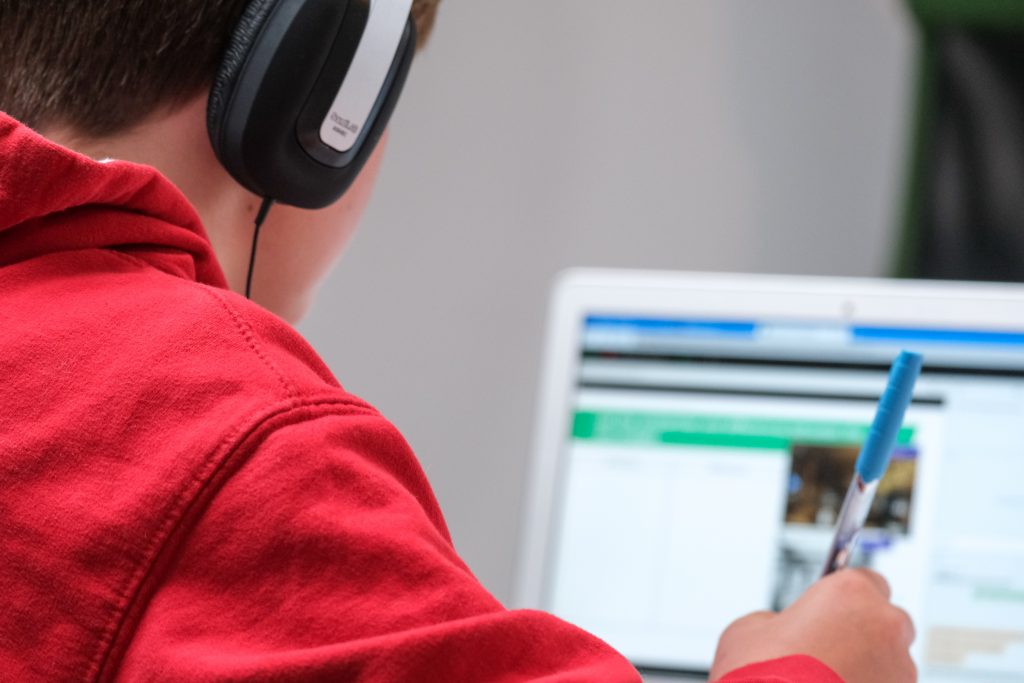Household Internet Access – A Luxury or a Necessity to Narrow the Digital Divide?

The Digital Divide Council defined digital divide as “the gap that exists between individuals who have access to modern information and communication technology and those who lack access” leading to negative impact on economic growth prospects, increasing the education attainment gaps, and affecting social spheres. Looking at the data provided by the Pew Research Center as of February 2021,
- only 57% of households in the nation earning less than $30,000 per year have home internet connection relative to 92% of households who earn $75, 000 or more per year,
- only 59% of households in the country with a high school or less education level have broadband connection at home compared to 94% of households with college or above education level, and
- home broadband access also varied across demographic groups: 65% for Hispanic households, 71% for Black households, 80% for White households.
To narrow the digital inequality between families who have internet service and those who do not have internet service, on Monday, May 9th, 2022, the White House announced the “Affordable Connectivity Program”. This program provides a monthly discount for internet service up to $30 per eligible household, or up to $75 per eligible household on Tribal lands. The discount will be applied to the internet service, and the final cost to the household recipient will depend on the service plan selected from a participating internet service providers (e.g., AT&T, Comcast, Verizon) so that the household income elasticity for internet access falls.
Discussion Questions:
- Browse, select, and read ONE Posts from the Digital Divide Council site and share THREE takeaways about why digital inequality needs to be addressed.
- Looking at the 3 data points from the Pew Research Center, how would you classify home internet/broadband access – a luxury or a necessity – with respect to income elasticity? Do explain.
- Select a category from the Pew Research Center site, toggle between the chart and data tab, and share TWO observations about the internet/broadband adoption pattern during
a. the Great Recession between 2007 and 2009, and
b. COVID-19 global pandemic between 2019 to 2021 - Self-reflection:
a. How will this information change your household expenditure plans as a consumer of internet/broadband access? Do explain.
b. How can you help to narrow the digital divide in your county and/or state?
Sources| Digital Divide Council: What is Digital Divide?; Pew Center: Internet/Broadband Fact Sheet; FCC: Affordable Connectivity Program FCC helping households connect; Tutor22: Income elasticity of demand; Photo by Compare Fibre on Unsplash













